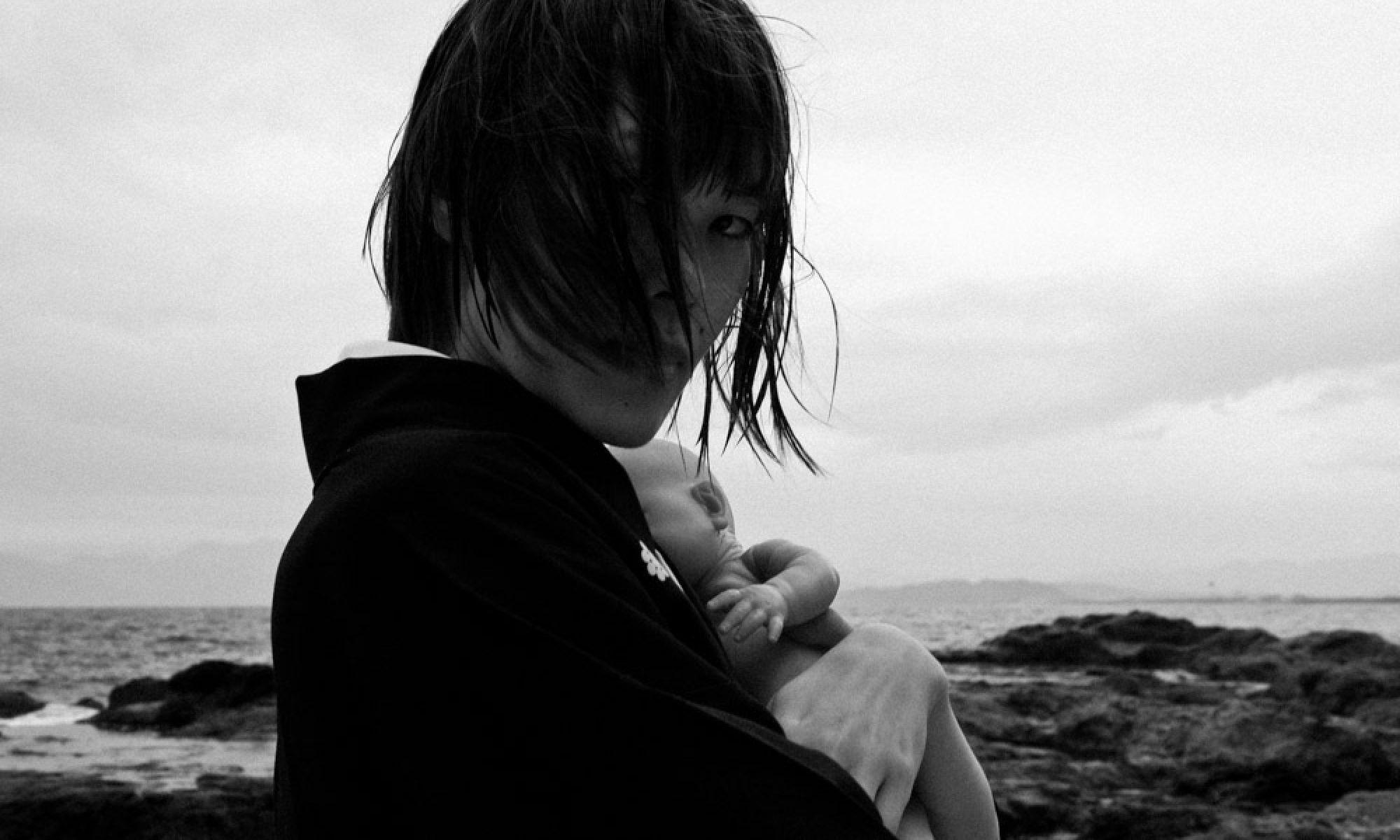I went to Eroguranmasse exhibition last summer in Yokohama. My friend was one of the photographers who arranged it, and also featured his own work in the exhibition. The exhibition, as the name suggests, was very cross-artistic and bohemian, with erotic theme.
My music Magical Forest was used as a background music for the exhibition, so I felt some strange , personal feeling. In fact, I was a bit startled.
Generally I liked all of the pictures and artworks, but one piece caught my eye especially. A photo framed in black.
Although the photo portrays a dead woman, and is rather believable, she seems so alive too, I remember thinking. “Intertesting..” I said to myself and went on to see other works, while my very own “Fish Hospital” played from the speakers, the piece music I had performed live in Monzennakacho year before.
After returning to see the photo (twice) I decided to buy it.
It was later revealed to me that the picture was taken by iPhone and that the woman in the photo was the artist herself. I had pleasure to meet her after the exhibition and it was very delightful to see her alive face. She proved to be witty and funny person.
I think it wouldn’t do justice of the photo if I show it here, instead I will show what is written behind the picture (after I bought it). This photo is still hanged in my office and will be unlikely replaced any time soon.
I will ask the Riesan if there is some way to see her work online. Will link.


